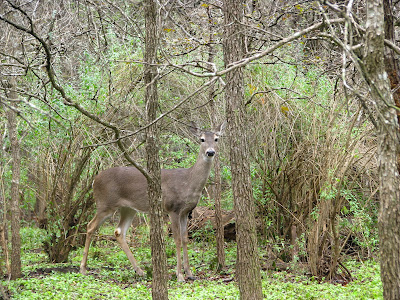any better!
 Because winter drastically affects the most elemental component of all life - water - radical changes in a creature's physiology and behavior must take place to match the demands of the environment. Some creatures survive by developing antifreeze; others must remain in constant motion to maintain their high body temperatures. Even if animals can avoid freezing to death, they must still manage to find food in a time of scarcity or store it from a time of plenty.
Because winter drastically affects the most elemental component of all life - water - radical changes in a creature's physiology and behavior must take place to match the demands of the environment. Some creatures survive by developing antifreeze; others must remain in constant motion to maintain their high body temperatures. Even if animals can avoid freezing to death, they must still manage to find food in a time of scarcity or store it from a time of plenty.
Beautifully illustrated throughout with the author's delicate drawings and infused by his inexhaustible enchantment with nature, Winter World awakens the wonders and mysteries by which nature sustains herself through winter's harsh, cruel exigencies."
There, I couldn't have said it better myself!! I will add, however, that Bernd adds an element of personalism to the writing of this book. (Is personalism a word? It is now!) And he writes in a manner that all readers can understand.
Just click on the book above to link to Amazon.com to check it out! Check out the other books I recommend by clicking on the in my sidebar!
"The animal kingdom relies on staggering evolutionary innovations to survive winter. Unlike their human counterparts, who alter the environment to accommododate physical limitations, most animals are adapted to an amazing range of conditions. In Winter World, biologist, illustrator, and award-winning author Bernd Heinrich explores his local woods, where he delights in the seemingly infinite feats of animal inventiveness he discovers there.
Beautifully illustrated throughout with the author's delicate drawings and infused by his inexhaustible enchantment with nature, Winter World awakens the wonders and mysteries by which nature sustains herself through winter's harsh, cruel exigencies."
There, I couldn't have said it better myself!! I will add, however, that Bernd adds an element of personalism to the writing of this book. (Is personalism a word? It is now!) And he writes in a manner that all readers can understand.
Just click on the book above to link to Amazon.com to check it out! Check out the other books I recommend by clicking on the in my sidebar!














+1.JPG)
.JPG)



















































































